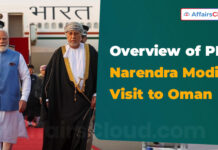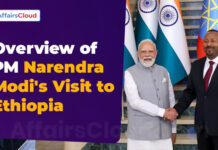Nepal has voted overwhelmingly in favor of a new constitution. It has approved after seven years of painstaking efforts and deliberations.
- It replaced Interim Constitution of Nepal, 2007
- It will come into force from September 20, 2015
Nepal’s 601-seat Constituent Assembly approved the constitution with a 507-25 vote. The vote was boycotted, however, by smaller opposition parties that account for 9 percent of the assembly.
Highlights of Nepal’s new constitution
– Clause has proposed to divide the country into seven federal units.
– Protection of the age old religions and culture, secularism with freedom to adopt any religion
– In order to get the citizenship by decent, one needs to have father or mother Nepali at the time of his/her birth.
– The executive rights of the country shall vest on the Council of Ministers while the President would be ceremonial head-of-the-state.
– It also mentions people’s competitive multi-party democratic system, civic freedom, fundamental rights, human rights, period election, voting rights, full press freedom
– Establishment of independent, fair and competent judiciary, building of a prosperous nation with the commitment to socialism based on rule of law, and democratic norms and values
The new constitution is expected to come into force after it being unveiled by President. When the constitution becomes effective, the Constituent Assembly that approved it will become a full-fledged Parliament.
Keys
- Nepal Capital – Kathmandu
- Nepal Currency – Nepalese rupee
- Nepal PM – Sushil Koirala
- Nepal President – Ram Baran Yadav





